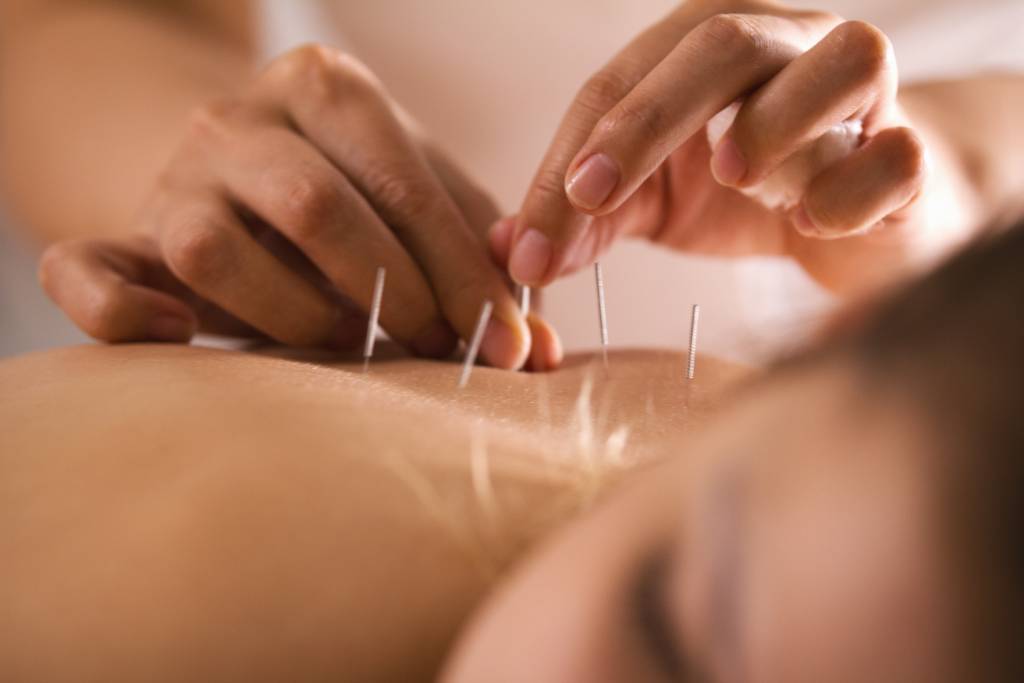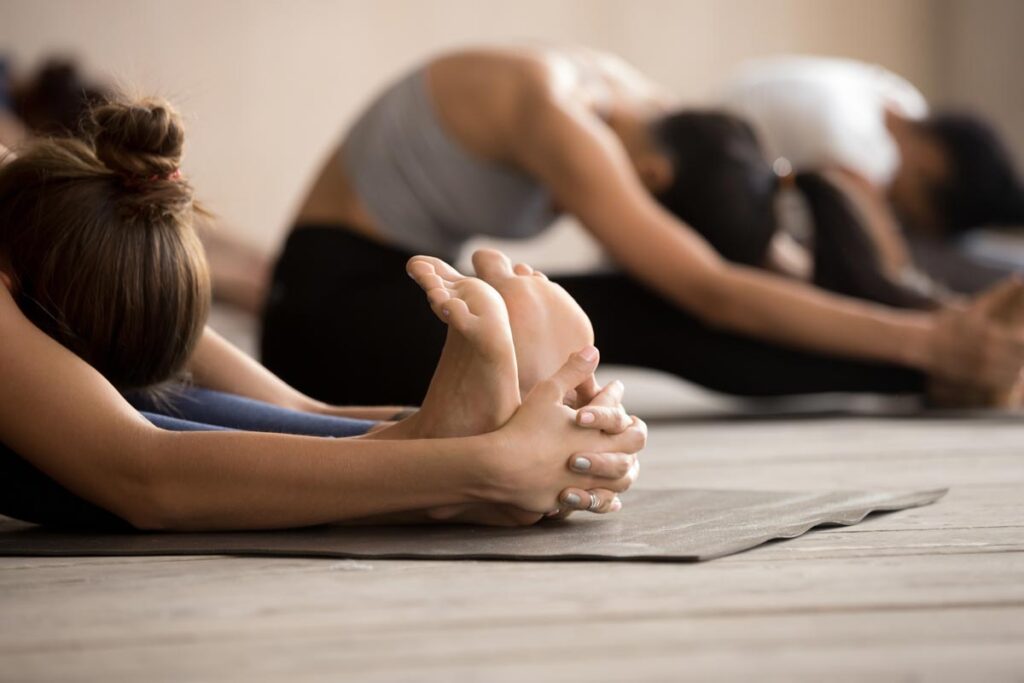You have been told that crunches strengthen your core since you started working out in high school, and it was one of the first exercises you learned. Remember 8-Minute abs videos…? All about the six-pack and how to get it done? But do they really make your core stronger? Let’s put them to the test and find out…
Where’s your core? Visualize a sheet of surround wrap that wraps the middle of your body front and back, that is your core. The strength of your core determines how well the rest of the body will work because it connects and coordinates your upper (Arms) and lower body (Legs) to increase your overall strength. For example; if you are doing a push-up and your core is weak you will be relying predominately on the strength of your arms, which is not that great if you compare it to your arms and legs connected through your core working together. Think of your daily activities such as caring groceries, picking up your children or climbing stairs, strong core becomes a necessity in keeping you healthy.
Let’s take a look at the core strengthening mechanisms we are born with and determine how they measure up against the famous crunches…
Our movement begin to develop while we are still in the womb, at 5 weeks, and it all starts in the core… Core flexion extension (bending forward like in a crunch and stretching back in an arch in a continuous motion) is the first movement that appears in our body and connects the core to six points; chest and head, tailbone, arms and legs. The proper development and implementation of this movement into your daily activities is critical for how well your arms and legs work together as a team, your posture, balance and coordination.
I am sure you’ve noticed that the first part of your core flexion extension primary movement is a crunch, but it doesn’t stop there, we continue into an arch to complete the mechanism of how our body activates the core. In other words, if you only do crunches, a dysfunctional and unbalanced movement is created which will interfere not only with how well you use your core but also with other movements like spine extension and rotation as well as side bending.
If your core flexion extension gets disrupted due to injury, stress, physical or emotional trauma you can expect a major disruption not only in the way your core works, and it keeps the rest of the body strong and mobile during daily activities and exercise but also how you respond to stress, your focus and concentration. Core Flexion Extension is involved in the development of our brain and nervous system during infancy, childhood and throughout our life.
So, when was the last time you practiced your Core flexion extension primary movement? If you want strong core, it’s time!
Now that I have your attention hurry up and schedule in person or virtual session with me and let’s get you started on a safe and super effective training program!
Healthfully Yours,
Tonka Cascais
tonkacascais@icloud.com




